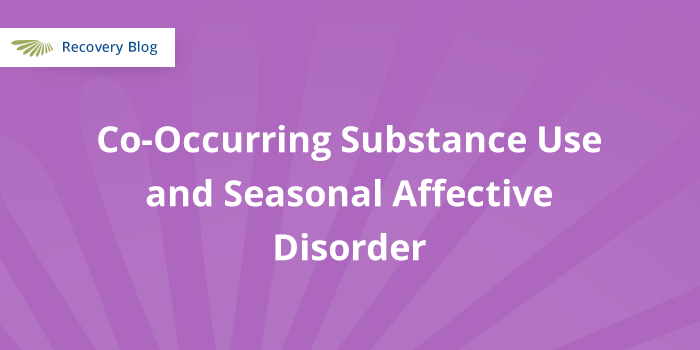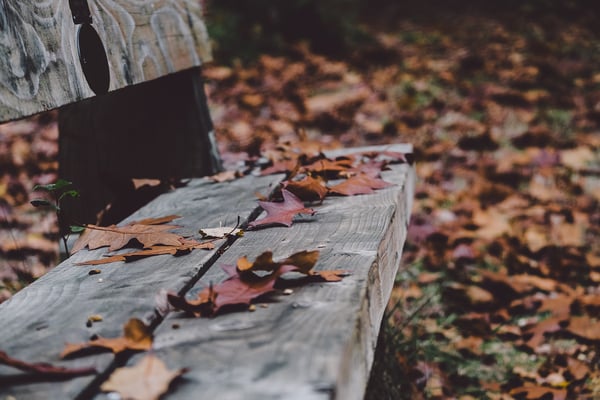10 facts you didn’t know about co-occurring disorders
In the USA, nearly 6 in 10 individuals who struggle with substance use disorder also experience...
3 min read
By: Russ Kallina on Nov 02, 2018

For anyone struggling with substance use disorder, the stress of the holidays can be overwhelming, but those diagnosed with co-occurring Seasonal Affective Disorder (SAD) can find it especially challenging.
Seasonal Affective Disorder (SAD) is a type of seasonal depression that is fairly common during the long winter months. It has close ties to other co-occurring conditions such as substance use disorder.
Some of the signs and symptoms of SAD include:

According to the National Institute of Mental Health, more than 20 percent of people diagnosed with a mood disorder such as seasonal affective disorder also have a substance use disorder.
Seasonal Affective Disorder can be especially challenging for those in recovery as it increases stress levels, intensifies depression and can draw people to relapse by self-medicating with drugs or alcohol.
In these cases, effective integrated treatment should be used to treat both the addiction itself and any mental health conditions. We use an integrated treatment approach at Aquila to treat both addiction and the co-occurring disorder. Each illness needs its own treatment plan and our one-on-one support and small groups help identify and treat patients in a holistic way. When both illnesses are treated, the chances for a full and lasting recovery are greatly improved.

Many people in recovery with co-occurring SAD may isolate themselves during this time of year. Contrary to the intent, isolation often results in increased feelings of sadness and loneliness, can lead to depression and increase substance use risk. Don’t give in to the temptation to hide away from the rest of the world. Seek help from a professional, reach out to your sponsor, lean on your support network, or contact us.
In the USA, nearly 6 in 10 individuals who struggle with substance use disorder also experience...
When someone suffers from a substance use disorder and a mental health or psychiatric disorder...
Overcoming a substance abuse disorder is a slow and a challenging process but you are never alone...